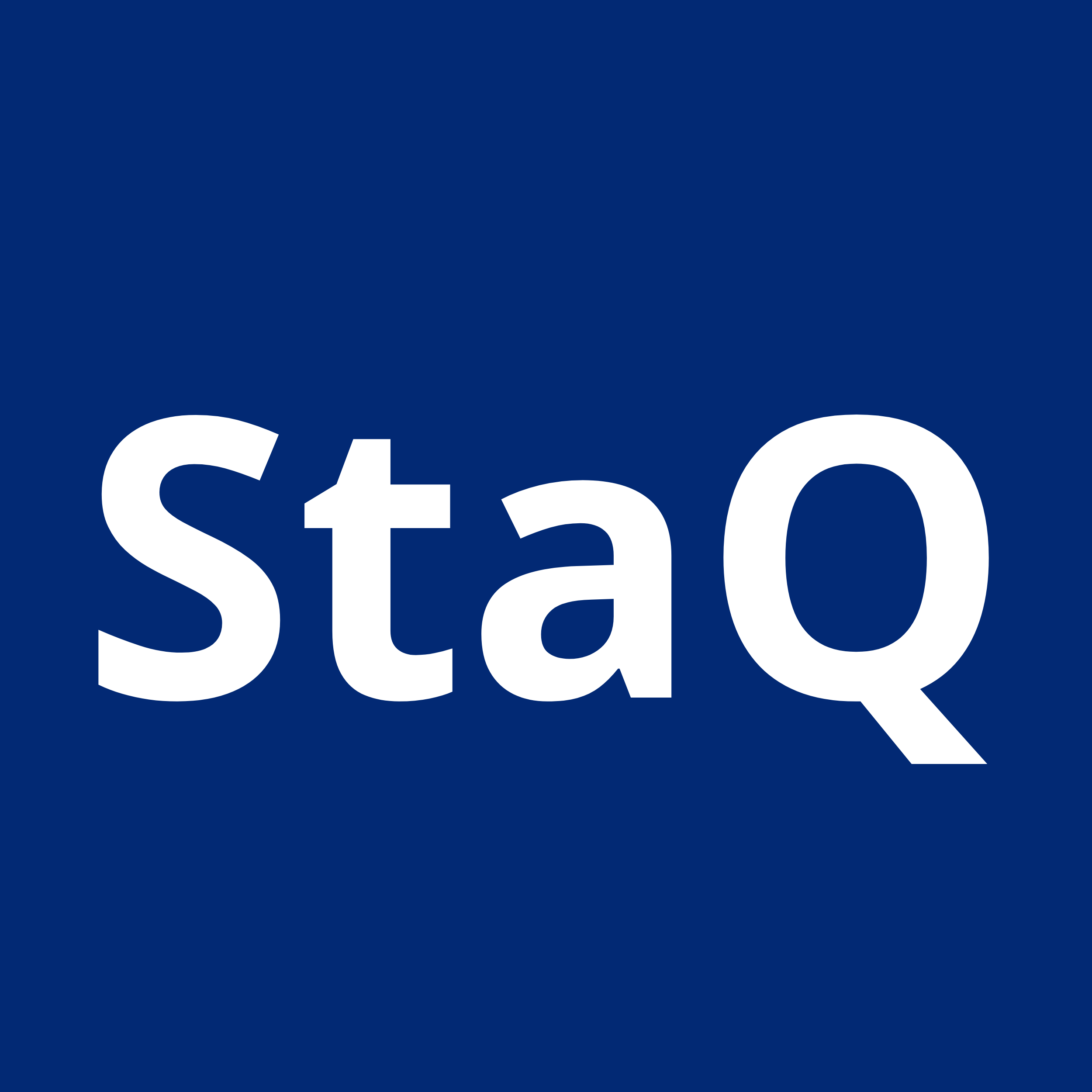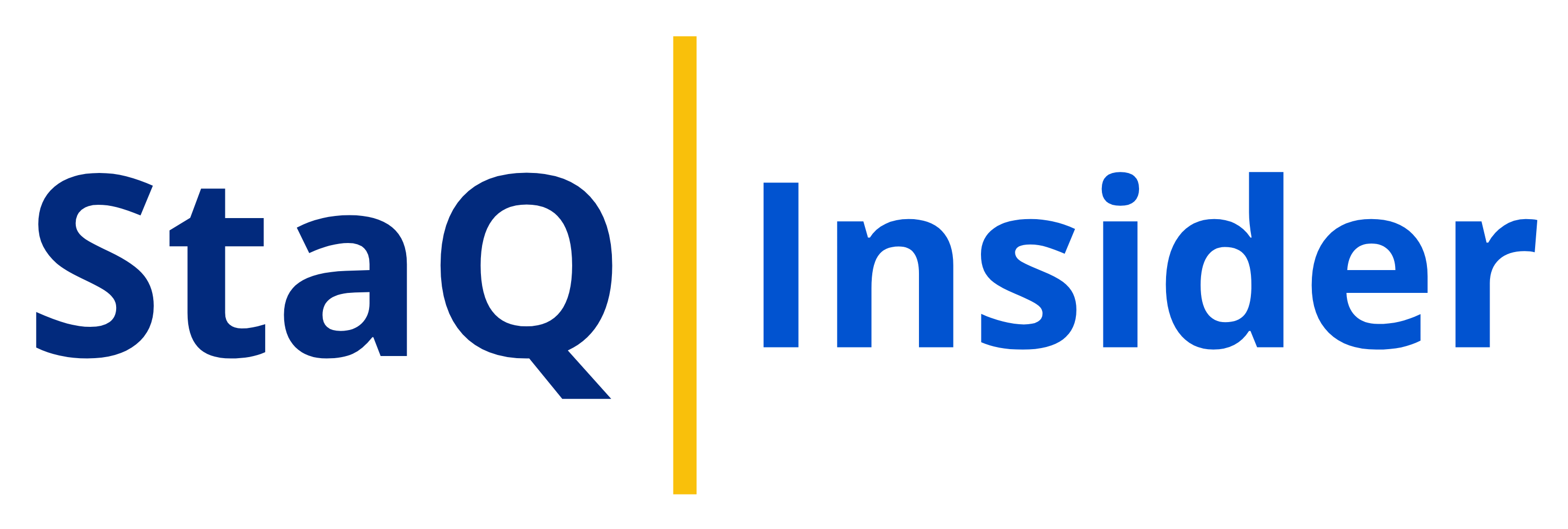The Evolution of Software Selection: 2024 Perspective
The software selection landscape has transformed dramatically. According to Gartner’s 2023 Digital Markets Study, enterprises now manage an average of 130 SaaS applications, a 160% increase from 2019. This proliferation of options has made evaluation more complex yet critical for business success.
Understanding the True Cost of Poor Software Selection
Recent studies from Deloitte reveal sobering statistics:
- 68% of software implementations fail to deliver expected value
- Average enterprise loses $9.5 million annually due to poor software choices
- 71% of failed implementations trace back to inadequate evaluation processes
Case Study: Maersk’s Digital Transformation
In 2021, Maersk’s implementation of Microsoft Dynamics 365 demonstrated the value of thorough evaluation:
- 18-month evaluation process
- $200M implementation budget
- 89% user adoption rate within 6 months
- 47% reduction in operational costs
Modern Evaluation Framework
1. Business Process Mapping
McKinsey’s Digital Excellence study identifies process mapping as crucial:
Effective Approach:
- Create detailed workflow diagrams
- Identify process dependencies
- Quantify current inefficiencies
- Map data flows between systems
Impact Metrics:
- Average time per process
- Error rates
- Resource utilization
- Cost per transaction
2. Technical Architecture Assessment
Forrester Research emphasizes infrastructure compatibility:
Key Considerations:
- API integration capabilities
- Data sovereignty requirements
- Security protocol alignment
- Scalability thresholds
Real-World Example: Shopify’s evaluation matrix for payment processing software:
- Transaction volume scalability (1M+ daily)
- Geographic compliance requirements
- Payment method coverage
- Fraud detection capabilities
3. Vendor Stability Analysis
According to Standard & Poor’s Technology Index:
Critical Metrics:
- Years in business
- Customer retention rate
- R&D investment percentage
- Financial stability indicators
Red Flags:
- Declining market share
- Delayed product updates
- High executive turnover
- Reduced support quality
Industry-Specific Considerations
Manufacturing Sector
Based on Industry 4.0 requirements:
- ERP integration capabilities
- IoT device compatibility
- Real-time monitoring features
- Predictive maintenance support
Financial Services
Aligned with Basel III and GDPR:
- Data encryption standards
- Audit trail capabilities
- Compliance reporting
- Risk management features
Healthcare
HIPAA and HITECH compliance:
- Patient data security
- Interoperability standards
- Clinical workflow integration
- Remote access protocols
Implementation Success Factors
1. Change Management Strategy
Based on Prosci’s ADKAR model:
- Awareness building program
- Desire creation through benefits demonstration
- Knowledge transfer methodology
- Ability development through training
- Reinforcement mechanisms
2. Risk Mitigation Framework
Derived from PMI’s Risk Management Practice:
Technical Risks:
- Data migration challenges
- Integration failures
- Performance issues
- Security vulnerabilities
Organizational Risks:
- User resistance
- Process disruption
- Resource constraints
- Timeline delays
Measuring Implementation Success
Key Performance Indicators
Based on ISO 25010 Software Quality Model:
Operational Metrics:
- System response time (target: <2 seconds)
- Error rate reduction (minimum 60%)
- Process completion time (improvement >40%)
- User productivity increase (target: 25%)
Business Impact Metrics:
- Cost per transaction reduction
- Customer satisfaction improvement
- Employee efficiency gains
- Revenue impact
Future-Proofing Your Selection
Technology Trend Analysis
Gartner’s Strategic Technology Trends:
- AI Integration Capabilities
- Natural language processing
- Machine learning models
- Automated decision support
- Predictive analytics
- Cloud Architecture
- Multi-cloud support
- Edge computing compatibility
- Containerization support
- Microservices architecture
- Security Evolution
- Zero-trust architecture
- Blockchain integration
- Biometric authentication
- Quantum-safe encryption
Conclusion
Software evaluation has evolved from a simple feature comparison to a complex analysis of business impact, technical capabilities, and future scalability. Success requires a balanced approach combining rigorous technical assessment with strategic business alignment.
Additional Resources
- Gartner Magic Quadrant Reports
- Forrester Wave Evaluations
- IDC MarketScape Vendor Assessments
- ISO/IEC 25010:2011 Standards




